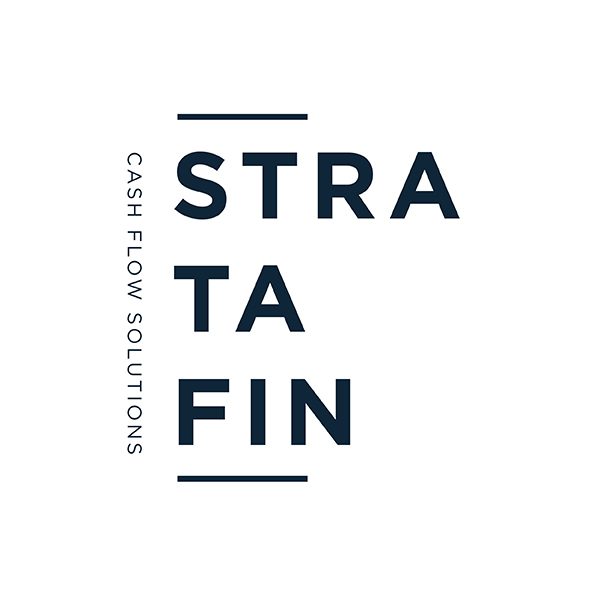Introduction
The judgment handed down on 23 September 2021 in the case of The Body Corporate of Marsh Rose SS No. 269/2012 v Steinmuller and others, where the court was inter alia tasked to interpret section 15B(3)(a)(i)(aa) of the Sectional Titles Act 95 of 1986 (“ST Act”), would appear to have the effect of watering down the security offered (“the embargo”) to bodies corporate in terms of the mentioned section 15B(3)(a)(i)(aa) to withhold the levy clearance certificate for a unit that has outstanding monies owing.
Evaluation
It is evident from the outset that, in collecting arrear levies at the transfer of an owner’s unit, there may be instances where the amount claimed by the body corporate may be disputed. The effect of the embargo cannot be watered down merely on the basis that there is a dispute on the amounts due. To ensure that the amounts are due and owing, the body corporate will need to place itself in a position to justify “all monies due”, with sufficient supporting documents, decisions, and resolutions to be placed in the best position to claim arrear levies.
For example, when a body corporate makes an application to the ombudsman or court for the collection of arrear levies, they need to fill in a prescribed application form accompanied by inter alia the following supporting documents:
- The signed trustee resolution authorising the raising of contributions [sections 3(2) and (3) of the Sectional Titles Schemes Management Act 8 of 2011 (the ‘STSM Act”].
- The notice sent to owners following the AGM confirming the contributions payable [PMR 25(1)].
- The final demand sent to the owner requesting payment [PMR 25(2)].
- A copy of the owner’s complete levy statement, from a zero balance until the claimed amount.
- The signed trustee resolution charging interest on any overdue amount [PMR 21(3)(c)], if applicable.
These supporting documents are necessary to show that the contributions are due and owing, and therefore to ensure that the body corporate can prove its claim.
In my view, on an interpretation of “all monies due” in terms of 15B(3)(a)(i)(aa) of the ST Act, the court erred in their interpretation of the aforesaid statutory provision. The majority decision placed their focus on the fact that the embargo needed to be interpreted in a common-sense and businesslike manner. The interpretation of legislation must go further than this.
I wrote an article with Professor Graham Paddock that dealt with the interpretation of rules, which sets out the interpretation principles. When interpreting legislation, the golden rule is applicable – that the text read, as a whole and taken in context, must be given its ordinary, literal, and grammatical meaning (its plain meaning). In this regard, authoritative dictionaries may be referred to in the enquiry, one seeks to establish the intentions of the legislator. The enquiry begins with looking at the text of the law to find whether the intention of the legislature will be clear from the provision.
In my view, the wording of the embargo should include all costs incidental in the collection of levies, including collection costs, legal fees, and interest (where these costs can be supported by supporting documents and/or resolutions). This interpretation is confirmed in Barnard No v Regspersoon van Aminie en ‘n Ander 2001 3SA 973 (SCA) paras 18-19, where it was clearly stated that monies due to the body corporate did not only include levies but also included legal costs incurred to recover the levies due on a unit.
Albeit that a member can insist on the collection costs and legal fees to be taxed, this needs to be done before the amounts due are paid and the levy clearance certificate issued, as the wording of the embargo is preemptory, and transfer cannot take place until all monies due are paid. Where monies owing is in dispute or need to be taxed, this must be dealt with before the clearance certificate is issued, and transfer is registered.
Furthermore, a judgment debt collected in pursuance of the collection of arrear levies remains so closely related to the collection of all monies due, that its nature cannot change. The sale in execution of the unit occurred because the registered owner had insufficient funds to satisfy the payment of arrear levies and associated costs in their collection. To state that the debt is not a burden on the unit waters down the amount that a body corporate can claim from the proceeds of a sale in execution. The fact that the judgment debtor remains personally liable means that the body corporate retains a claim against a person who will be unable to repay as their credit rating has been impugned. The security that is offered by the fact that the unit cannot be transferred is reduced if the member is allowed to cease to be a member of the body corporate. The body corporate will then be forced to initiate further applications or actions to recover those amounts. The protracted litigation and further legal costs will certainly prejudice the remaining members of the body corporate.
If the intention is clear, that is the end of the enquiry. However, where the intention is still not clear from the text, then it is necessary to use additional rules, guidelines, principles, or presumptions of interpretation. There is no established hierarchy of these presumptions. The courts are flexible in their approach and often exercise discretion.
There are also several additional presumptions regarding the intention that underlies a rule. It is presumed, for example, that the rule is intended to advance the community’s best interests. There are also presumptions against:
- absurd results;
- harsh, onerous, unjust, inequitable, or discriminatory treatment; and
- retrospectivity (regulating an action taken before the provision became effective).
Another principle of interpretation that must be used is the mischief rule. This interpretative tool looks at what mischief the law or rule is meant to remedy and prefers a meaning that achieves that objective. In my view the intention of the legislature is clear and that the mischief that is sought to be avoided, is that a unit can be transferred before all monies due are paid to the body corporate. This prevents the body corporate from losing any claim to the recovery of arrear levies and charges. It cannot be defeated merely on the basis that there is a dispute on the amounts due. This would create absurd results as set out above.
Finally, the principle of stare decisis can also apply in the case of judicial interpretation of a rule. A lower court is bound by an interpretation of a higher court, and a court must consistently follow its previous interpretations. In this way the court a quo was bound by interpretation “all monies due” of the SCA case – Barnard No v Regspersoon van Aminie en ‘n Ander 2001 3SA 973 (SCA).
An important point to be made is that in the circumstances of this case the conditions of sale at the sale in execution stated that the purchaser would be liable for levies in terms of the ST Act but did not include the other charges such as legal fees. A contract between the seller and purchaser cannot supersede the body corporate’s legislative protection offered by the embargo. The body corporate is not a party to the conditions of sale and is not bound to its terms but is entitled to the full protection of the law applicable to its operation, more specifically the embargo contained in the ST Act.
The concluding remarks by the majority decision of the court that the body corporate should have claimed the money from the registered owner using the CSOS application procedure failed to consider that the Sectional Titles Schemes Management Act 8 of 2011 and the Community Schemes Ombud Service Act 9 of 2011 only came into operation in 2016, and the ombudsman was only established thereafter. Applications for the collections of arrear levies could only be made sometime thereafter. The registered owner took transfer of the property in 2014, and never made any payments to the body corporate. At that time the body corporate had to collect the arrear levies through court action. Once the court actions were set in motion (attachment of movable property and sale in execution of the unit), the ombudsman was no longer the appropriate forum to collect the arrear amounts.
Furthermore, the wording of section 3(2) of the STSM Act is not preemptory, it states that levies may be recovered by the body corporate by an application to an ombud from the persons who were owners of units at the time the resolution raising the levies was passed. Therefore, the body corporate can choose whether to use the CSOS procedure or make use of the court procedures. This will be a tactical decision by the body corporate depending on the financial position of the defaulting member, and whether the last resort recovery procedure of sale in execution of the unit is necessary.
Conclusion
In light of the above, I hold the opinion that the Court in the full bench decision has erred in respect of its judgment limiting the embargo and made factual errors in respect of the interest rate applicable, legal fees charged, and the forum for collection.
Written by Dr. Carryn Melissa Durham of Stratafin
BA (Law) LLB LLM LLD
Specialist Property Attorney
Read my full analysis of the Body Corporate of Marsh Rose SS No. 269/2012 v Steinmuller and others case







![Case discussion on SS Glen High v Kruger NO ((2023/055133) [2024] ZAGPJHC 1059 (10 September 2024)](https://b2659803.smushcdn.com/2659803/wp-content/uploads/2024/10/OIP-300x200.jpeg?lossy=1&strip=1&webp=1)




